Sainte Martine refusing to worship idols
H. 30 cm; L. 23.5 cm
Rediscovered in the 17th century by the Church, Saint Martin lived in Rome in the 3rd century, at the time of the Emperor Severus Alexander. This period of pseudo tolerance of Christianity created the legend of the saint. Daughter of a Roman consul, the young woman chooses to offer all the family fortune she is hesitant about to charity. While praying in a church, she is arrested and taken before the emperor who condemns her to sacrifice in the heart of the temple of Apollo. As he entered the temple, an earthquake caused the building to collapse and shattered the statue of the god that was there. The emperor ordered the young woman to be tortured, but she resisted and succeeded in converting her tormentors. She still suffered the torture requested and was carried into the arenas to be devoured by lions. They lay down at his feet, protective. She was then put on a stake, the flames of which did not reach her but burned the spectators... To put an end to it, the emperor himself came to decapitate her. Despite this sad history, Saint Martin was entitled to her tomb in a church built in the 7th century by Pope Honorius 1st, on the forum, Sainte-Martine church, replaced by the current Saint-Luc and Sainte-Martine church. It was therefore in 1634, during reconstruction work on this building, that the relics of the holy martyr were found in a terracotta tomb. Her cult returned to the forefront at this precise moment, marked by the painter and architect Pierre de Cortona, who built this church and created a large canvas in 1656 representing the saint, her foot on the famous statue. The title of the work being “Saint Martin refusing to worship idols”. This work was created for the altarpiece of the Saint-François de Siena church. It is known to us from a preparatory work kept at the Pitti Palace (Florence). It has a pendant representing the saint on the stake. Our work is a modello preparing a large altar painting, lost or potentially never made, which can be located by the colors and carnations around the north of France, Flanders and the Netherlands. Interesting detail, a repentance appears at the level of the hand and arm of Saint Martine, whose position was slightly reworked by the painter so as not to be too close to the base of the column.



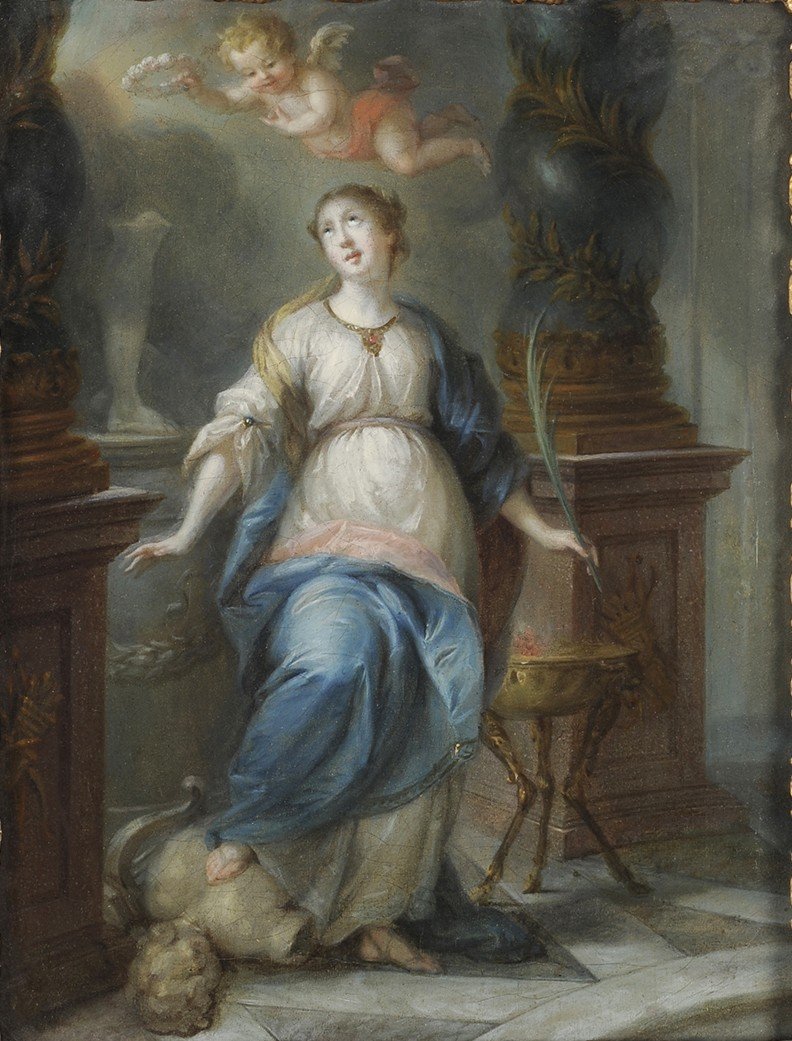
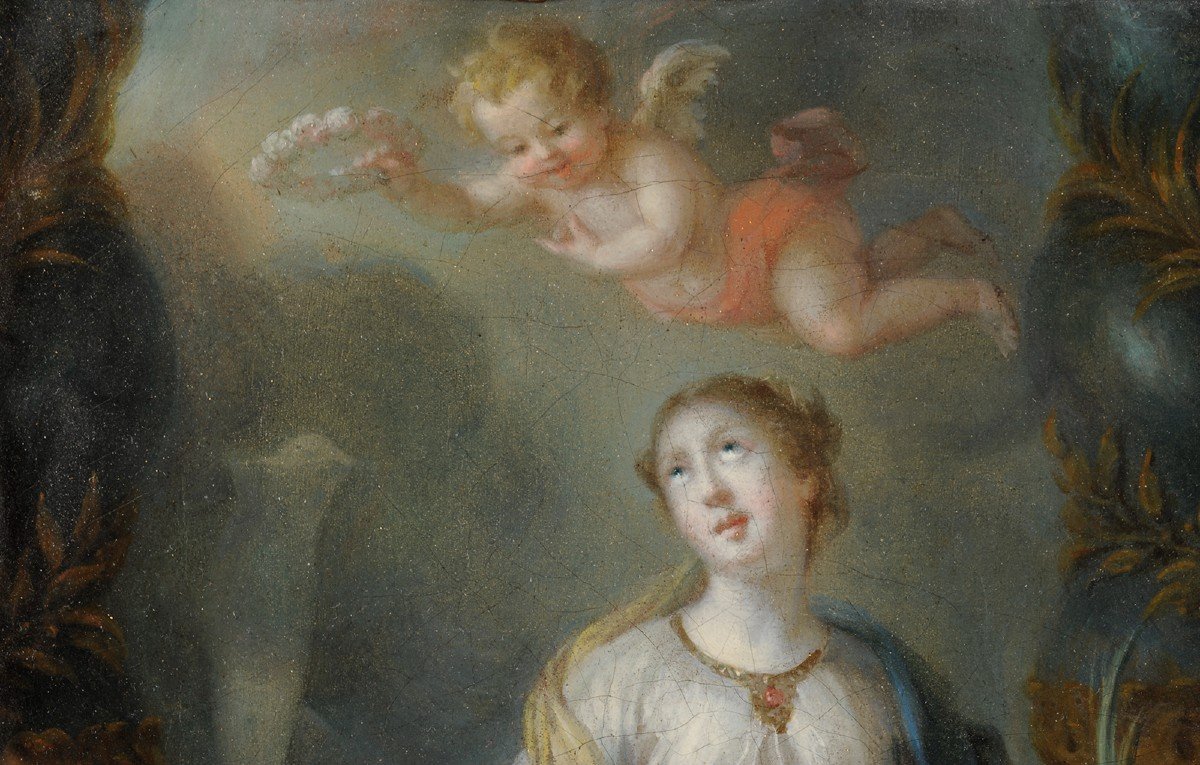
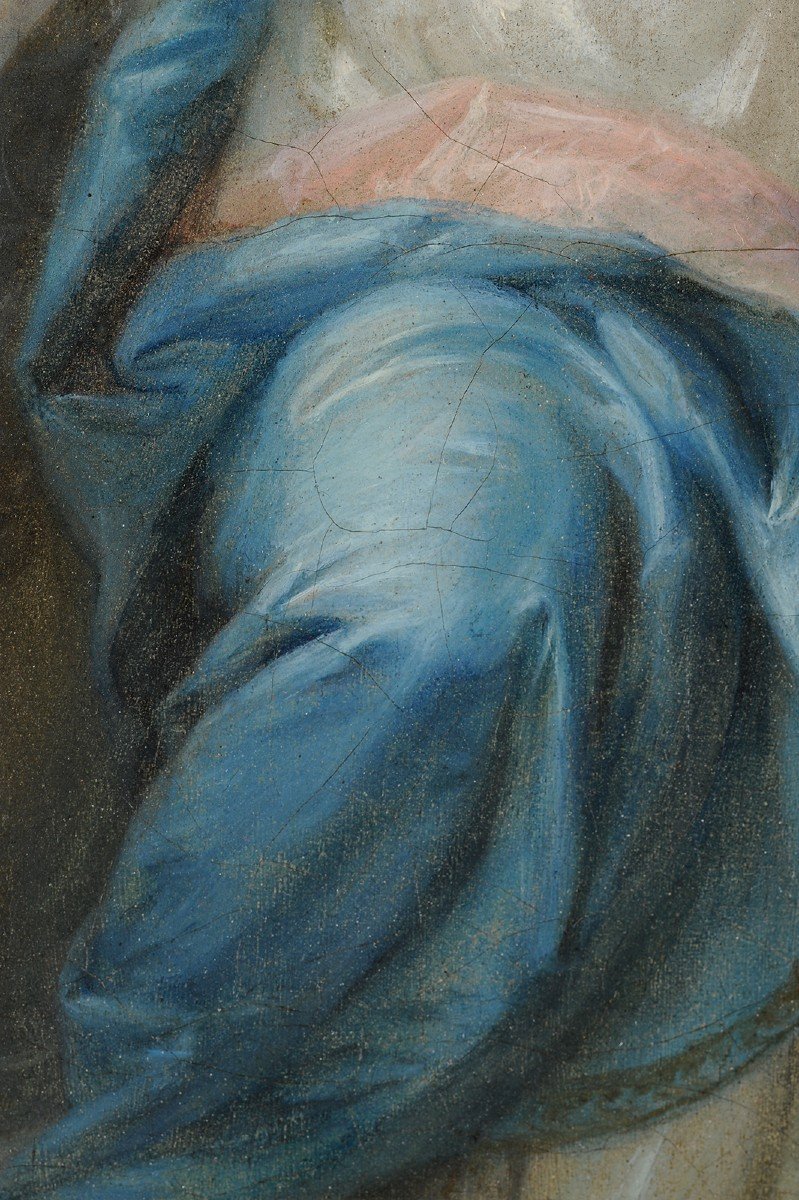
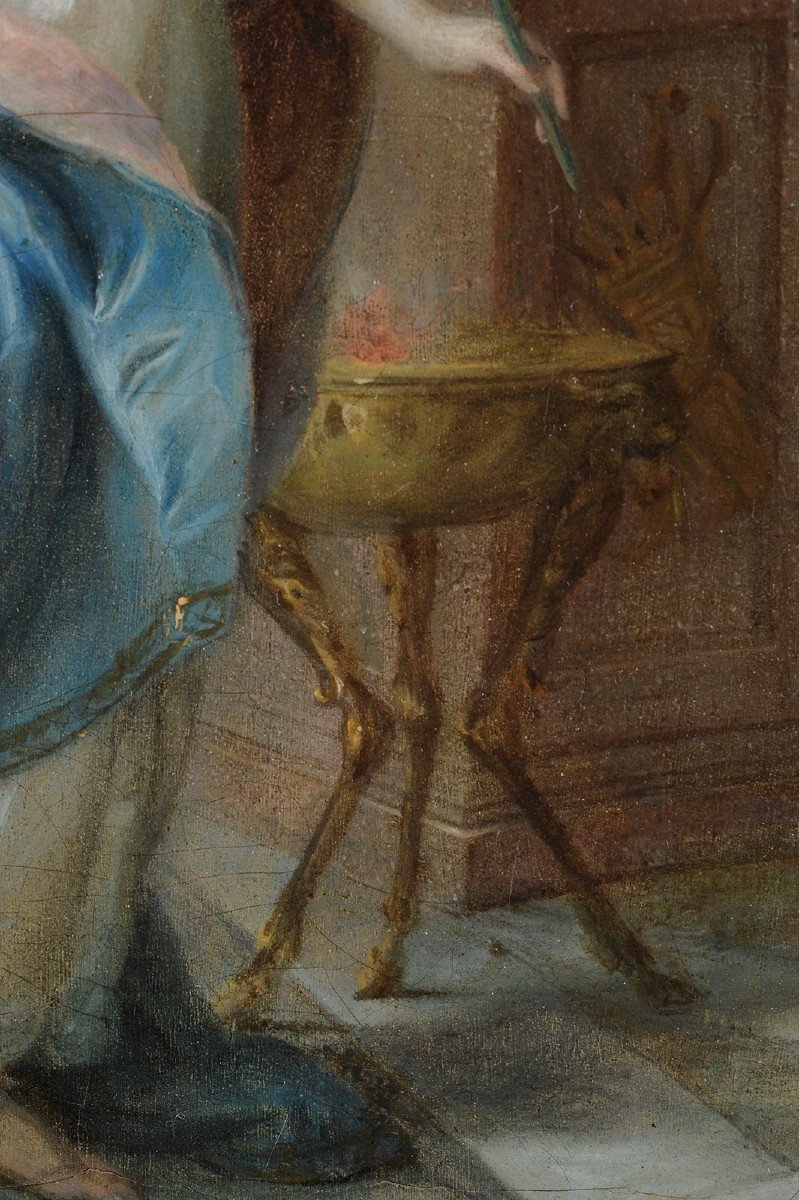
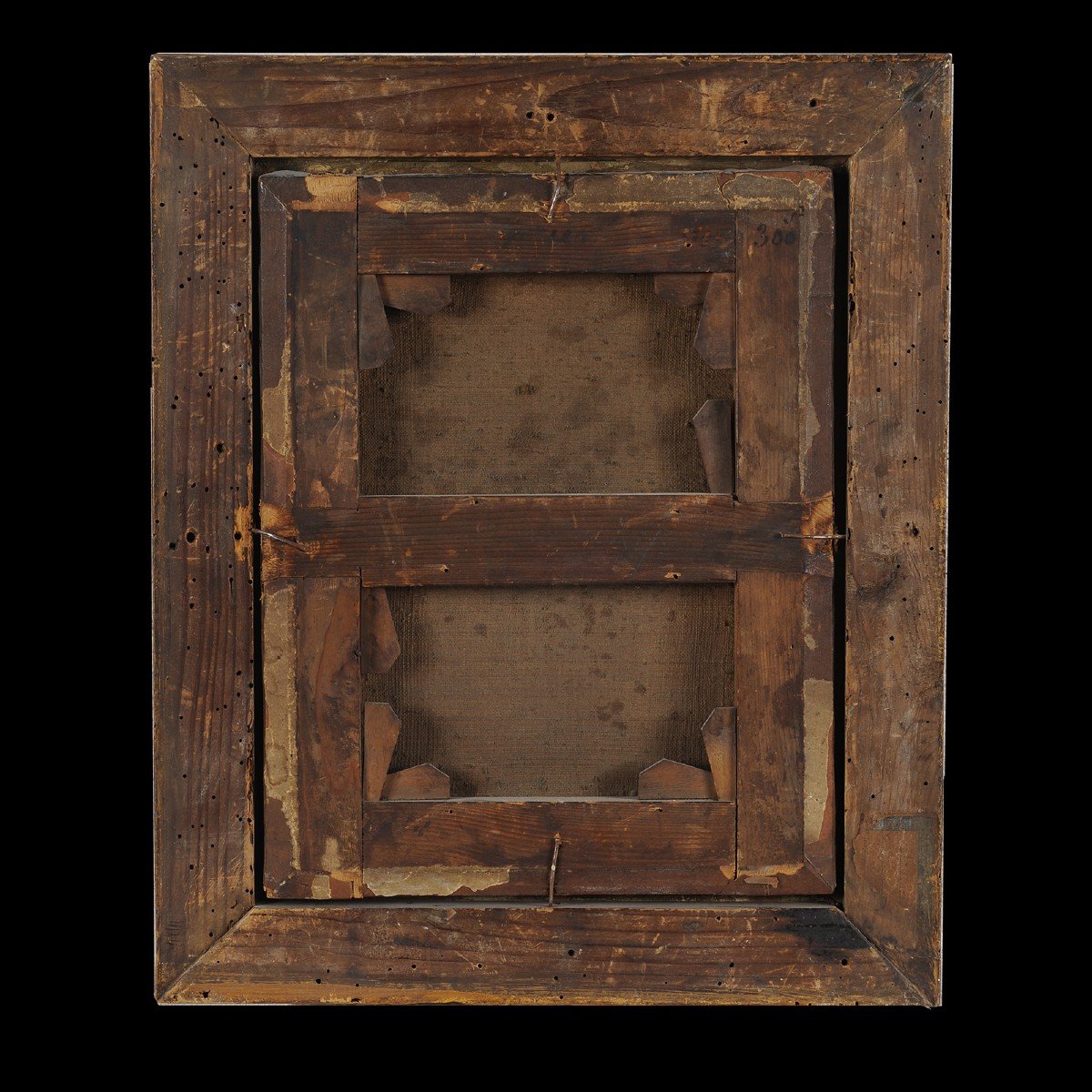










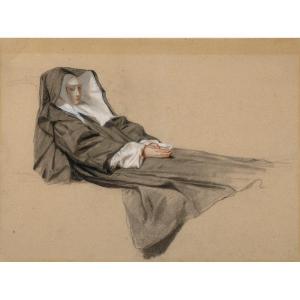




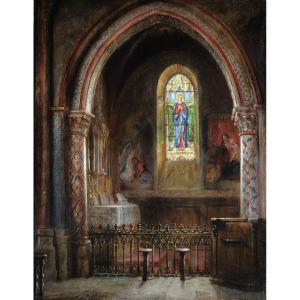










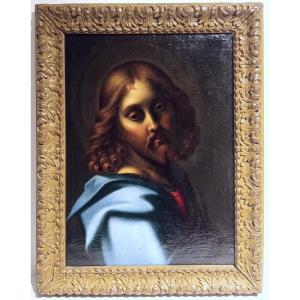





 Le Magazine de PROANTIC
Le Magazine de PROANTIC TRÉSORS Magazine
TRÉSORS Magazine Rivista Artiquariato
Rivista Artiquariato